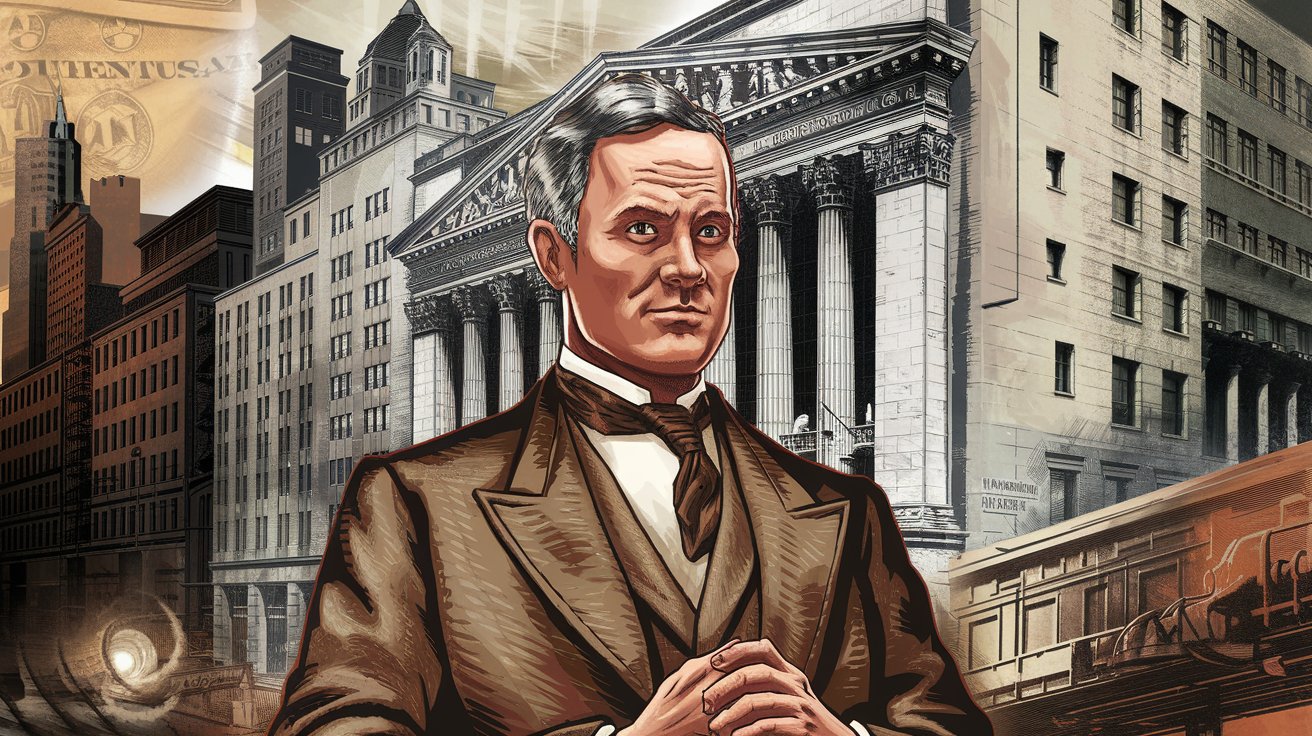In this case study, we’ll examine Soichiro Honda’s remarkable journey from a small village in Japan to becoming the founder of Honda Motor Co., Ltd. Honda’s life offers valuable lessons in resilience, innovation, and entrepreneurship that are highly relevant for postgraduate business students.
Early Beginnings: Humble Roots and a Passion for Mechanics
1. The Importance of Early Passion and Skill Development
Soichiro Honda, born in 1906, developed an early fascination with machines, working alongside his father in a bicycle repair shop. This hands-on experience fueled his passion and formed the foundation for his future ventures.
- Key Learning: Starting early and gaining practical experience can provide a strong foundation for technical and entrepreneurial success.
2. Becoming an Apprentice in Tokyo
At a young age, Honda moved to Tokyo and worked as an apprentice in an automobile repair shop. Lacking formal education, he relied on on-the-job learning, combining mechanical skills with a curiosity-driven approach to innovation.
- Key Learning: Apprenticeships and real-world experience are invaluable in honing technical expertise, especially in sectors requiring hands-on skills.
Overcoming Early Business Failures
3. Founding Tokai Seiki and Learning from Mistakes
In 1937, Honda founded Tokai Seiki, a piston ring manufacturing company. Initial failures in quality led him back to school to study metallurgy, demonstrating a willingness to learn and adapt.
Key Takeaways
- Resilience: Early failures did not deter him; instead, they motivated him to improve his technical knowledge.
- Adaptability: Honda recognized the importance of continuous learning to meet industry standards.
4. Surviving World War II and Adapting to Circumstances
During WWII, Honda’s factory faced significant challenges, including bombings and an earthquake. He sold his assets to Toyota and saw it as an opportunity to start over.
- Key Learning: Resilience in the face of adversity is essential for long-term success. Honda adapted to new circumstances, which eventually led to greater achievements.
Founding Honda Motor Co.: Innovation for the Masses
5. Creating Affordable Transportation: The “Chimney” Motorized Bicycle
In 1946, Honda focused on providing affordable transportation for post-war Japan by attaching small engines to bicycles, thus creating his first motorized bike, nicknamed the “Chimney.” This initial success led to the founding of Honda Motor Co., Ltd. in 1948.
Key Takeaways
- Market Relevance: Honda identified a pressing need in the market and innovated an affordable solution.
- Scalability: The success of this motorized bike laid the foundation for Honda’s future as a major automotive player.
6. The Honda Super Cub: Global Expansion and Product Differentiation
In the 1950s, Honda expanded internationally, introducing the Honda Super Cub, a motorcycle designed for everyone. The Super Cub became one of the best-selling motorcycles globally.
- Product Differentiation: Honda focused on creating affordable, reliable, and easy-to-operate products, appealing to a broad audience.
- Global Expansion: Honda’s success in Japan enabled his brand’s successful entry into the U.S. and European markets.
Competing with Giants: Honda in Formula One and the Automotive Industry
7. Formula One: Building a Global Reputation
Honda entered the competitive world of Formula One, proving that Japanese engineering could compete globally. This venture solidified Honda’s reputation for quality and innovation, setting the stage for Honda’s entry into the automotive industry.
- Reputation Building: Competing in high-stakes environments like Formula One can be a strategic move to showcase quality and technical prowess.
- Innovation: Honda’s Formula One participation highlighted his commitment to pushing the limits of automotive engineering.
8. Breaking into the Automotive Market with the Honda Civic
Honda’s first car, the Honda Civic, launched in 1972, gained global success due to its fuel efficiency and ability to meet U.S. Clean Air Act standards.
- Environmental Responsibility: Honda pioneered fuel-efficient technology, meeting regulatory standards and differentiating the Civic from competitors.
- Positioning: By focusing on quality, efficiency, and sustainability, Honda established itself as an automotive leader.
Lessons from Honda’s Legacy
9. Key Principles for Business Success
a. Continuous Learning and Innovation
Honda’s resilience, adaptability, and commitment to quality led to a legacy of technical innovation. His mantra, “Success represents the 1% of your work which results from the 99% that is called failure,” emphasizes the role of perseverance.
b. Customer-Centric Product Development
Honda’s focus on affordability and reliability addressed specific market needs, driving global success and brand loyalty.
c. Empowering Employees and Taking Calculated Risks
Honda’s management philosophy emphasized risk-taking and empowering employees to innovate, fostering a culture of continuous improvement.
Soichiro Honda’s Enduring Legacy
Soichiro Honda’s journey exemplifies the principles of resilience, innovation, and adaptability. From a small-town mechanic to the head of a global automotive giant, his story is a powerful reminder that entrepreneurial success is built on the foundation of perseverance and continuous learning.
For aspiring business leaders, Honda’s story illustrates how identifying market needs, investing in product quality, and embracing failure can build brands that last.




